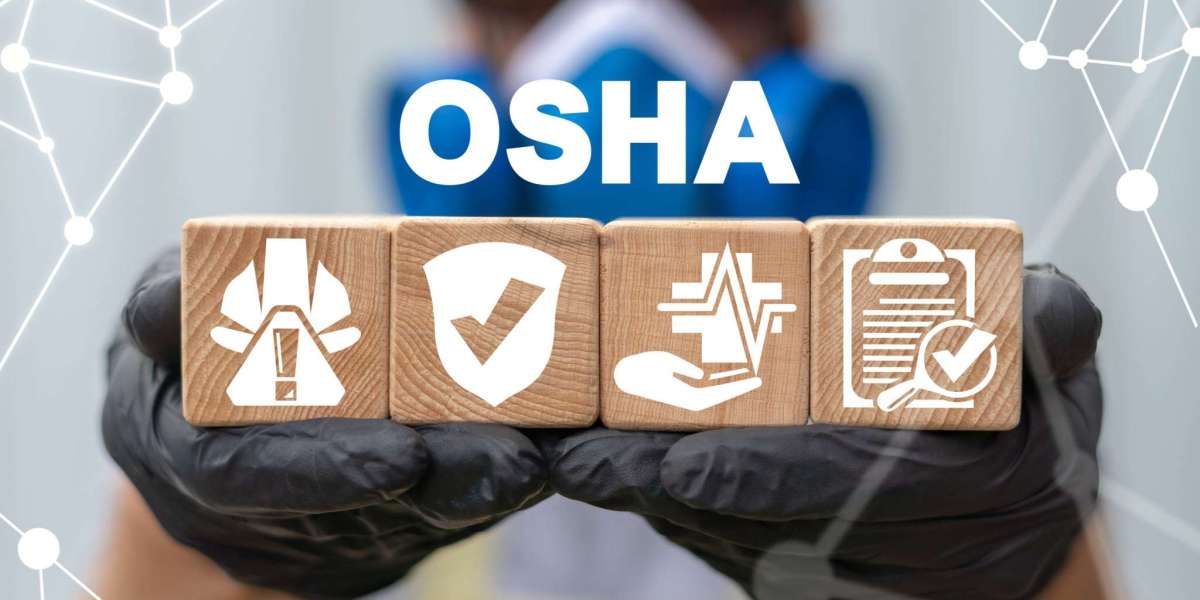Industrial gas scrubbers play a vital role in maintaining workplace safety by removing harmful pollutants and contaminants from exhaust gases. However, to ensure their effectiveness and prevent potential hazards, regular safety inspections are essential. In this guide, we'll explore the process of conducting thorough safety inspections on industrial gas scrubbers, adhering to OSHA guidelines for workplace safety. Proper inspection procedures not only mitigate risks but also contribute to maintaining OSHA 30 hour Certification, crucial for workers' competence and employers' compliance.
Understanding Industrial Gas Scrubbers
Before delving into inspection procedures, it's essential to grasp the fundamentals of industrial gas scrubbers. These devices utilize various techniques such as chemical reactions, absorption, or filtration to eliminate harmful pollutants from industrial exhaust gases. Common pollutants include particulate matter, volatile organic compounds (VOCs), sulfur dioxide (SO2), and nitrogen oxides (NOx). Understanding the specific type and operation of the gas scrubber in use is fundamental to conducting effective safety inspections.
Importance of OSHA 30-Hour Certification
Maintaining OSHA 30-hour certification is paramount for individuals working in industries where safety is a top priority, including those involving industrial gas scrubbers. This certification demonstrates comprehensive knowledge of workplace safety standards and practices, ensuring the ability to identify and mitigate potential hazards effectively.
Pre-Inspection Preparation
Before commencing the inspection, it's crucial to gather necessary documentation, including manufacturer specifications, maintenance records, and OSHA guidelines relevant to industrial gas scrubbers. Additionally, ensure all necessary personal protective equipment (PPE) is available and worn by inspection personnel.
Inspection Procedures
Exterior Inspection
Check the structural integrity of the gas scrubber housing, ensuring there are no signs of corrosion, leaks, or damage that could compromise its effectiveness.
Inspect access doors, seals, and gaskets for proper sealing to prevent gas leaks.
Verify that safety signs and labels indicating hazardous areas or procedures are clearly visible and legible.
Internal Components Inspection
Inspect internal components such as mist eliminators, packing material, and spray nozzles for damage, clogging, or excessive wear.
Check for the presence of any debris or buildup within the scrubber chambers, which could impede airflow and reduce efficiency.
Ensure that all internal mechanisms, such as fans and pumps, are operating correctly and are adequately lubricated.
Monitoring and Control Systems
Verify the functionality of monitoring and control systems, including sensors, alarms, and emergency shutdown mechanisms.
Test the accuracy of monitoring instruments such as gas detectors and pressure gauges to ensure they provide reliable readings.
Check the calibration of control settings to maintain optimal scrubber performance while adhering to OSHA standards.
Ventilation and Exhaust Systems
Inspect ventilation ducts and exhaust systems connected to the gas scrubber for leaks, blockages, or inadequate airflow.
Ensure that exhaust outlets are properly positioned to prevent re-entry of pollutants into the workspace or surrounding environment.
Verify that ventilation fans and motors are functioning correctly and have adequate backup power sources in case of power failure.
Post-Inspection Procedures
Following the completion of the inspection, compile detailed inspection reports documenting findings, any corrective actions taken, and recommendations for future maintenance or upgrades. Ensure that all identified issues are addressed promptly to maintain the safety and efficiency of the gas scrubber system.
Importance of OSHA Course in Pakistan
In Pakistan, as in many other countries, adherence to OSHA standards is critical for ensuring workplace safety. Undertaking an OSHA Course in Pakistan equips individuals with the knowledge and skills necessary to implement OSHA guidelines effectively, including proper safety inspection procedures for industrial equipment such as gas scrubbers.
Conclusion
Regular safety inspections are indispensable for maintaining the effectiveness and safety of industrial gas scrubbers. By following OSHA guidelines and incorporating best practices into inspection procedures, employers can mitigate risks, protect workers' health, and ensure compliance with regulatory standards. Upholding OSHA 30-hour certification and participating in OSHA courses in Pakistan further enhances competency in workplace safety, fostering a culture of safety awareness and responsibility. By prioritizing safety through comprehensive inspections and continuous education, industries can create safer working environments and uphold their commitment to worker well-being.








